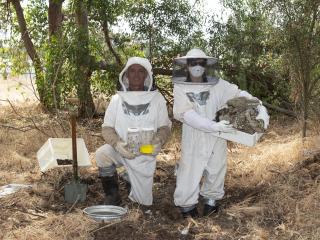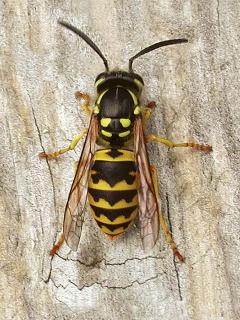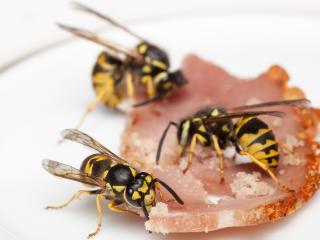Residents and businesses across Mundaring, Kalamunda, Swan, Gosnells and Canning are called on to join efforts against the European wasp, following a spike in nest numbers across Perth.
The European wasp is considered one of the world’s worst wasp species, due its profound impact on outdoor lifestyle, safety, horticulture and the environment.
The Department of Primary Industries and Regional Development reports that nest numbers are at their highest in 15 years, compared to the same time in previous years. So far this season, 125 nests have been located.
Department chief plant biosecurity officer Sonya Broughton said the establishment of this pest in Western Australia had been prevented for more than 40 years, by locating and destroying nests.
Fertilised wasp queens arrive each year via freight and cargo, due to European wasp being well established in the Eastern States.
“We are appealing to the public, community groups, and organisations to look, report and where possible assist us with location of nests, particularly in parts of the City of Swan and along the Darling Scarp,” Dr Broughton said.
“We have allocated more staff and resources to carry out surveillance before the season draws to a close at the end of June, and have installed an additional 260 traps over the past fortnight, with more to come.
“Additionally, local governments, the Department of Biodiversity, Conservation and Attractions, Department of Fire and Emergency Services and friends of bushland groups are also playing an important role in helping access national parks and bushland.
“Any additional assistance is welcome. Tracking wasps to their nests in these parts will require more time and effort due to the difficult terrain.”
Dr Broughton said undetected nests can mature over winter and release many reproductive queens in spring, resulting in a more widespread problem.
“It is imperative then we find as many nests as possible and everyone in Western Australia, even outside of the metropolitan area, can help by keeping an eye out and reporting anything that might be a European wasp.”
Residents can help by putting out any adopted wasp traps they have at home, keeping a lookout in their gardens and local parks, and reporting anything unusual.
While European wasp looks similar to other insects, including the yellow paper wasp, it has distinctive characteristics that make it easily identifiable.
Most notably, they are drawn to pet and human food, and there have been reports this year about European wasps being seen in lunchrooms and picnic areas. Other characteristics that differ from other wasps are their black antennae, shorter legs which are raised during flight, and flying in and out of a hole in the ground, due to most nests being hidden underground.
“If you find a nest, stay safe by keeping away and calling the department to destroy it,” Dr Broughton said.
More information about European wasps is available on the department’s website here.
Enquiries and reports of European wasps can be made to the department’s Pest and Disease Information Service on +61 (0)8 9368 3080 or email photo enquiries to padis@dpird.wa.gov.au.



Media contacts: Jodie Thomson/Dionne Tindale, media liaison +61 (0)8 9368 3937
